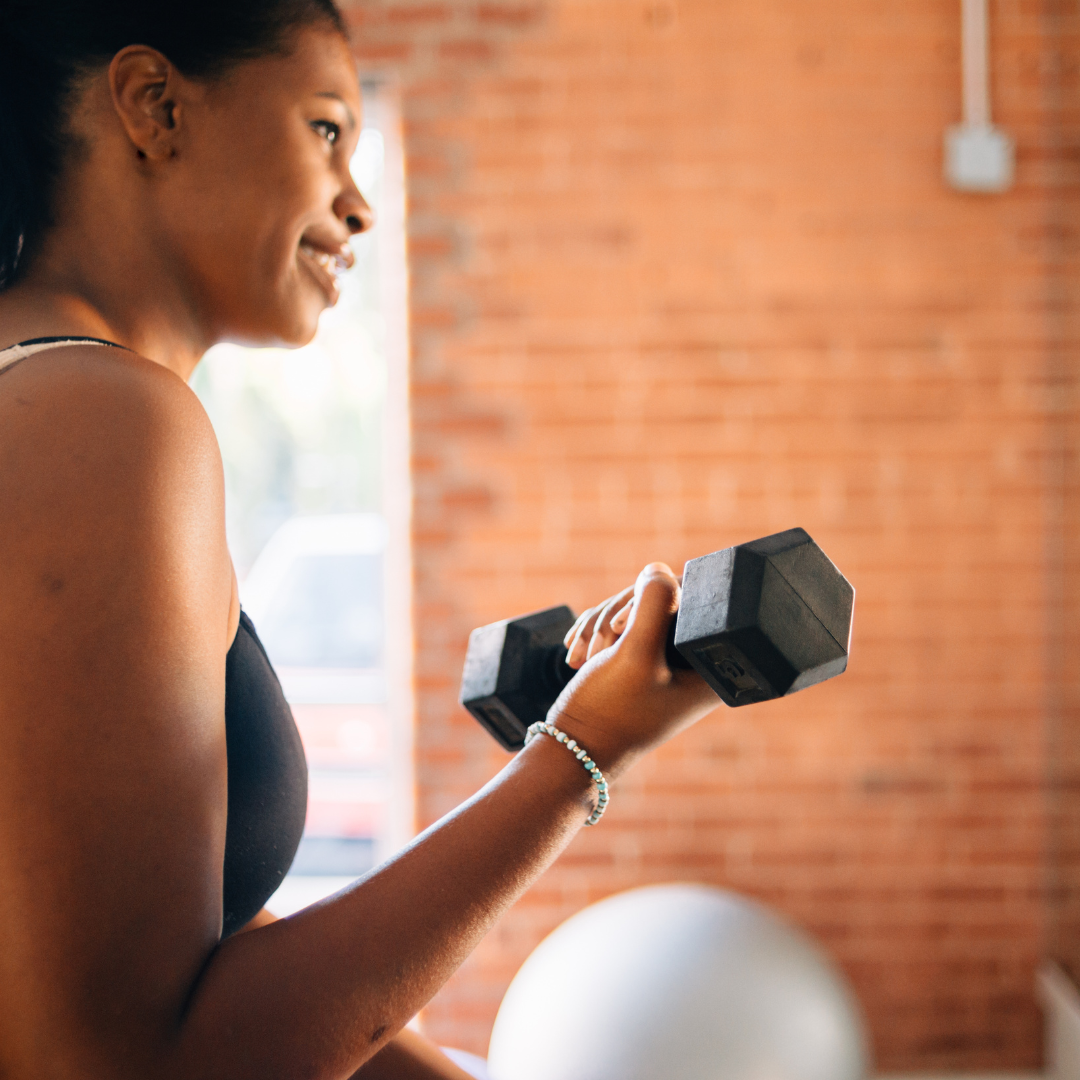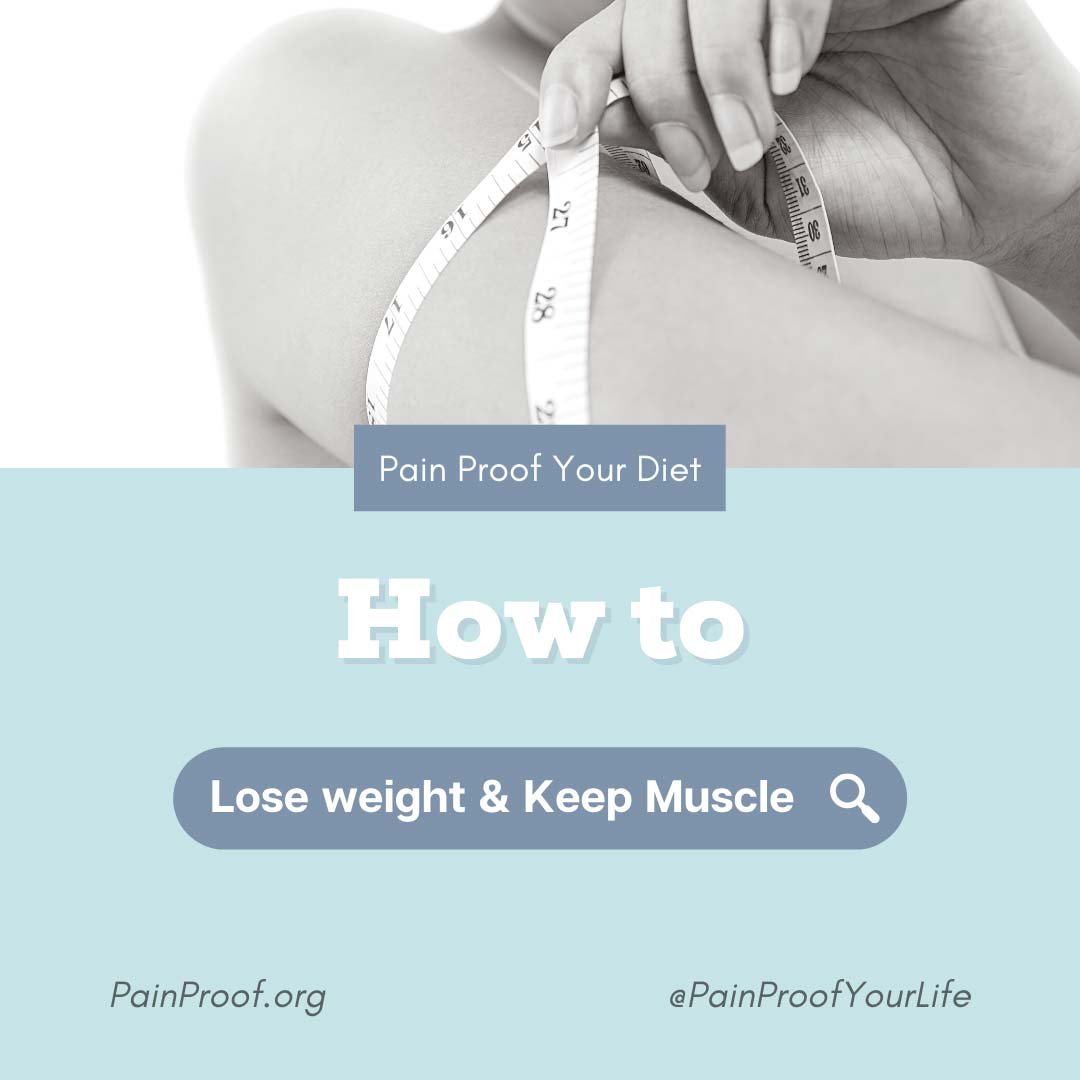I’d bet if you’re reading this post, you’ve tried so many diets it’s hard to keep track anymore. Am I right?
I’d bet if you’re reading this post, you’ve tried so many diets it’s hard to keep track anymore. Am I right?
I’ll give you a heads up: this is not a typical “how to lose 20 pounds in 30 days” type of an article. If you’ve read any of my past posts, you might already know I teach how to eat for health. Losing excess fat stores while keeping your muscle (or gaining muscle) is the result of addressing your nutrition with the right priorities.
Understanding what ‘weight’ you want to lose (or gain) will help clarify your method/plan.
The term lose weight is vague in of itself. Sure I could tell you to cut calories and you’d drop weight. However, most likely you would lose some muscle and a little water. Yes, you might even shed a few pounds of fat. In order to keep your muscle, your approach must include a couple things.
I teach that what you eat is more important than how much you eat. And if you eat the right things, you don’t need to count calories at all!
Diets that leave you hungry all the time are not healthy.
Read that again Diets that leave you hungry all the time are not healthy!
*The 2 steps below are applicable for those who need to gain weight, too!
Before I tell you how to lose fat while keeping muscle, I want to make a few principles absolutely clear.
-
Losing weight too fast can be damaging to your overall health. The show “Biggest Loser” did an absolute disservice to anyone trying to lose a large amount of weight. First of all, most of the contestants regained most, not more, of the weight they lost on the show. Second, radically dropping 15 or more pounds in one week is very hard on your organs (especially your liver). Weight loss that is sustainable is slow. Yes, there might be an initial drop in pounds the first week or two, but repeating that week after week is not a good thing. Stay with me and you’ll see my reasoning.
-
Counting calories are not necessary to losing weight. I don’t allow my patient/clients to use calorie trackers for more than 3 days. I do this so people learn how to eat, what to eat, and take the stress out of eating.
-
Your hormones may influence your weight loss less than you think. Yes! My husband and I hear all too often that the scale won’t budge, so it must be a thyroid problem or other hormone problem. While hormones do influence fat gain and loss, when the right steps are taken, those tend to even themselves out. There are exceptions, of course. We do DUTCH testing to confirm any suspected hormone-rooted problems. If this is something you are ready to investigate further email me at marci@painproof.org
Losing fat is so much more simple than any method you’ve probably tried. There are two basic steps.
1. Eat protein. The RDA suggests 0.6-0.8 grams per kilogram of protein daily. For someone who is 150 pounds (68 kg) that would be roughly 40 – 54 grams of protein daily. Here’s the thing: The RDA guidelines for protein recommendations were developed to prevent people from starving. Not for thriving. To maximize fat loss while keeping muscle, you need to eat a minimum of 1 gram per pound of ideal body weight. That would be 150 grams per day for a 150 pound person. You can eat more! Think of it as a jumping off point. The caveat is it needs to be animal protein. No matter how you add it up, eating plant protein is not complete in amino acids or the accompanying enzymes and cofactors needed for optimal health. If you were to really try to make sure your amino acid profile was complete on a plant-based diet, once you reached the right protein goal AND amino acid profile, your resulting carbohydrates and caloric intake would be through the roof. In other words, you would gain weight – not lose it.
The second caveat to eating protein, is you need to chew it. Meal replacement shakes are great in a pinch, but not great for overall health goals. Chewing your food is an important step that gets removed with liquid meals. Early stages of digestion require the action of chewing to trigger specific enzymes to start working. When those enzymes are missing, food isn’t fully digested and nutrients are poorly absorbed. When your body doesn’t get the nutrients it needs, we crave sugar – because it’s fast energy.
2. Lift heavy. This one is harder for me. Not necessarily the action – although if you’re doing it right, it should be challenging. It’s getting into the routine that’s tough for me. Most active people I know either love lifting weights or love cardio in some form. I’m the cardio junkie. I love see how long I can push my body to perform. Up until recently, I didn’t lift anything heavy consistently. I know that it’s one of the best ways to improve longevity and quality of life, but it was such a blah experience for me. Honestly, it still is!
The only difference is now I choose to lift weights because I want to be able to continue to stay as active as possible. Moving heavy weights helps me perform better in the sports I enjoy.
But wait! There’s more!
Moving heavy objects around does more than make muscles bigger. Lifting heavy weights helps:
-
Burn calories more efficiently (even when you sleep)
-
Decrease visceral (abdominal) fat
-
Decrease risk of falls
-
Lower the risk of injury
-
Help regulate blood sugar
-
Improve cardiovascular health
-
Boost self-esteem/confidence
Weight (fat) loss efforts are improved when lifting heavy things; Not the little micro weights that you could move with your pinky. In order to build muscle, it must be a challenge and you need to fatigue the muscle being trained. If you’re a woman, don’t worry about ‘bulking up’, especially as you get older. It’s next to impossible. Unless you are using a performance enhancing drug/supplement that specifically targets this, it won’t happen. There are, of course, outliers who build muscle more rapidly, but as you rack up the years, this becomes more difficult.
Sarcopenia, age-related muscle loss, begins at the age of 30. This doesn’t mean you can’t gain muscle after 30 – it means you have to put more effort into gaining muscle. Our biological process slow down. That part is inevitable. Lifting heavy weights 2-3 times per week for 30-60 minutes is all you need.
Do you want to know the best part? Traditional weight lifting is not a requirement. In fact, as you get older it’s better to train your muscles and joints in a safe range. I highly recommend hiring Sarah or Grayson Strange who own Basis NY . This husband wife team teach and coach all ages how to get stronger in a manner that benefits your muscles and joints.
To wrap this up:
1. Eat enough animal protein
2. Lift heavy weights
It’s really that simple.
If you are ready to investigate your individual needs for nutrition, schedule a free call today.
References:


Comments